detail profile andrej lupinc

Info Pribadi
Peran Yang Di Mainkan Andrej Lupinc
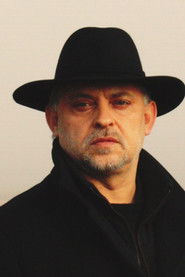 The documentary about Feri Lainek one...
The documentary about Feri Lainek one...Feri 2019
The documentary about Feri Lainšček, one of the most prolific and highly acclaimed Slovenian writers and poets, foregrounds the essence of his creativity shaped up by his commitment to love, the Pannonian landscape with the River Mura, friendship with the Roma people, the blending of the magical world and reality, and the ongoing search for answers to the most fundamental questions of life. In the film, sections of his life are juxtaposed with his poems about demons.
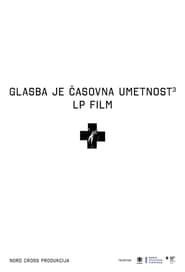 A film about the first Laibach...
A film about the first Laibach...Music Is the Art of Time 3, LP Film Laibach 2018
A film about the first Laibach album officially released in Yugoslavia. The record came out despite the political ban that was in place on the band's name at the time, in 1985 - but without the name or a title. A black cross on the cover was enough.
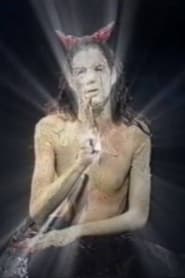 Urbanity is finally erased by mythical...
Urbanity is finally erased by mythical...Menhir 1999
Urbanity is finally erased by mythical rituals, which is determined by the very title of the video film: menhir, an upright stone block from the Neolithic, which was used for sacral rites. Man and woman are Adam and Eve, created in front of us by electronic transformation (morphing) and marked by blood. This element also marks all other elements of the video image: the murder of an individual by the menhir or trinity (politics, church, army), the bodies of the dancer. Blood, murder and death are overcome by only the second basic element: the stone, which is flooded with blood the very next moment. The fight of natural elements is also served by electronic tricks that turn power holders from flesh and blood into stone and wrong.
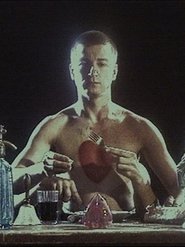 This video dance project is a...
This video dance project is a...Labyrinth 1993
This video dance project is a sort of condensed poetical and cynical look on the situation in the ex-Yugoslav territory. Hysterical and hectic dance movements are put in juxtaposition with surrealistic artificially constructed imageries, based on Magritte's paintings and documentary shoots of the refugee camps, where Bosnian refugees lived in Ljubljana.
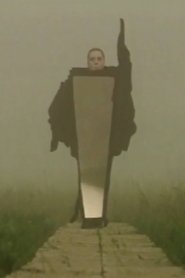 In the video works of Ema...
In the video works of Ema...Hydra 1993
In the video works of Ema Kugler, mythology is inscribed in the rituals of everyday life, this time it is the theme of Hydra with many faces. It is illustrated by individual scenes with actors in leather costumes (the author's creations), which restrict their movement and thus already emphasize the separation of man from nature. The last trace of connection - the ritual relationship between man and bull, which is again based on human cruelty to animals - ends with blood, which on a symbolic level also pervades the whole image.
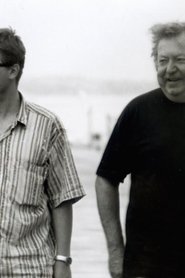 A documentary film about the Slovenian...
A documentary film about the Slovenian...Enfant terrible 1992
A documentary film about the Slovenian filmmaker Boštjan Hladnik.
 The game of chess as a...
The game of chess as a...No More Heroes Any More 1992
The game of chess as a symbolic and performative practice forms the core of this video, which is essentially determined by staged scenes, reworked mechanical figurines and the performance of the main protagonists. It differs both from the high-tech video spot and fast editing.
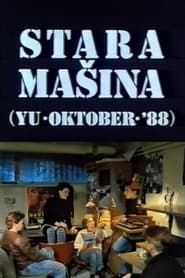 The aged rocker Igor works as...
The aged rocker Igor works as...Oldtimer 1989
The aged rocker Igor works as a journalist and DJ at the "Radio Student" in Ljubljana. He notices that the janitor Miha works for the police, tapping the walls and observing the journalists who are critical of the regime. After a clash with his editor, Igor decides to leave for Greece by his old bike DKW from 1938, via Bosnia and Serbia. Young Rahela joins him on the trip. Traveling through Yugoslavia, Igor becomes involved in unexpected turmoil: Milosevic's "antibureaucratic revolution" starts in Serbia and Vojvodina.
 Oscar runs away from prison only...
Oscar runs away from prison only...Remington 1988
Oscar runs away from prison only five days before release. He droves off with his girlfriend to Split in a red car, so they could go to Italy and then to America. They meet photographer Jan, and thus their final destination seems every so closer. As police is on their trail, Oscar starts to suspect Jan...
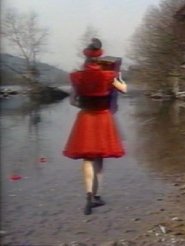 Bilocation means the residence of the...
Bilocation means the residence of the...